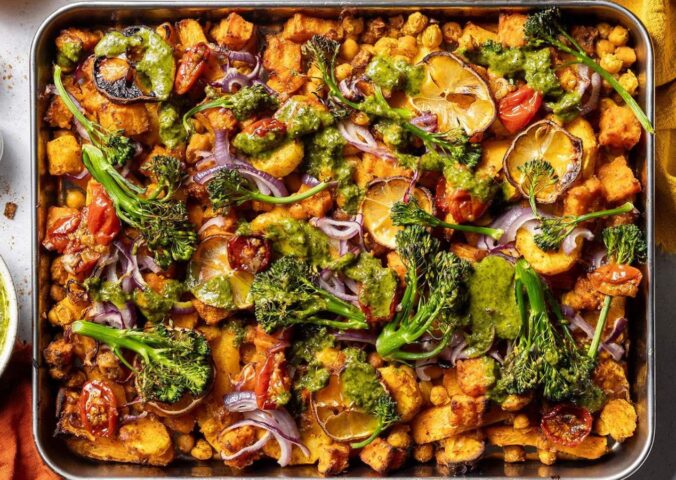As most of Texas is plunged into drought conditions, cattle ranchers have revealed that they are sending more animals than usual to slaughter.
The US state is facing its worst drought since 2011 due to an unusually hot summer. This is not expected to lift any time soon, despite the ongoing torrential rain and flash floods.
As a result of the scorching heat, around 27 percent of Texas is currently classified as being in “exceptional drought,” which is the most severe level possible. A further 62 percent is in the second-highest category: “extreme drought.”
Texas agriculture has been hit especially hard by the conditions. Bringing in feed, in place of grazing land, is thought to be making beef farming prohibitively costly. Acquiring fresh drinking water is similarly problematic.
If the drought continues into winter, crops are likely to be affected, impacting cattle feed provisions. As a result, despite a short-term surge in beef availability due to increased slaughter rates, Texas is likely to run into supply problems in the future.
Professor David Anderson, from the Department of Agricultural Economics at Texas A&M University, explained to Plant Based News: “Severe droughts force ranchers to sell off a portion or, sometimes, all of their cows.”
“Those large numbers of cows going to a meat packer increases beef production and results in some lower prices,” he continued. “But it also means that those cows are no longer around to have a calf next year. And that means less beef production in the future and higher beef prices as beef production declines.”
“So, short term, we can get some higher production and lower prices, but long term less beef and higher prices.”
What is causing the Texas drought?
The climate crisis is widely thought to be the culprit of the ongoing drought conditions that Texas. The Republican governor Greg Abbott, however, put it down to “extreme weather patterns.”
Abbott may have been referring to the naturally recurring El Niño and La Niña climate patterns, which warm and cool the tropical Pacific. Texas is currently laboring under an extended La Niña pattern, which makes for warmer and drier conditions.
But despite El Niño and La Niña weather patterns not being caused by the climate crisis, they now occur within it.
Experts predict that the frequency of extreme events, such as the one now being experienced in Texas, are likely to increase in frequency as a result of “aggressive greenhouse gas emissions scenarios.”
Animal agriculture’s contribution to the climate crisis
In an ironic twist of fate for Texan cattle farmers, they are facing threats to their livelihood due to a climate-related emergency, which is driven, in part, by animal agriculture.
Contributing at least 14.5 percent of all greenhouse gas emissions and leading to around 91 percent of Amazon deforestation (a rainforest that is now emitting more CO2 than it absorbs), the animal farming sector is a climate crisis perpetrator.
Methane emissions, a third of which come from farmed cattle, have been shown to be heating the planet at least 28 times more than carbon dioxide. As a result, the UN is demanding a 45 percent reduction in all methane emissions by 2045.
This represents a problem for Texas.
As the US number one beef producer, the state has around 250,000 farms, totaling in the region of 13 million animals. Methane emissions from cows have previously been underestimated, but current estimates state that each animal produces around 220 pounds of methane a year.
As a result, leading climate experts want to see a drastic reduction in meat and dairy consumption to slash emissions. IPCC reviewer Dr. Peter Carter said that failure to address increasing emissions is “clearly global suicide” and has been firm in his recommendation of a vegan diet as a “survival imperative.”
If cattle farmers do find themselves struggling to meet the demand for beef in the future, plant-based meat options could have a window to gain traction. Though consumers might be discouraged by the lack of helpful labeling, after the state approved a bill banning “meat” and “beef” labels on vegan products last year.






